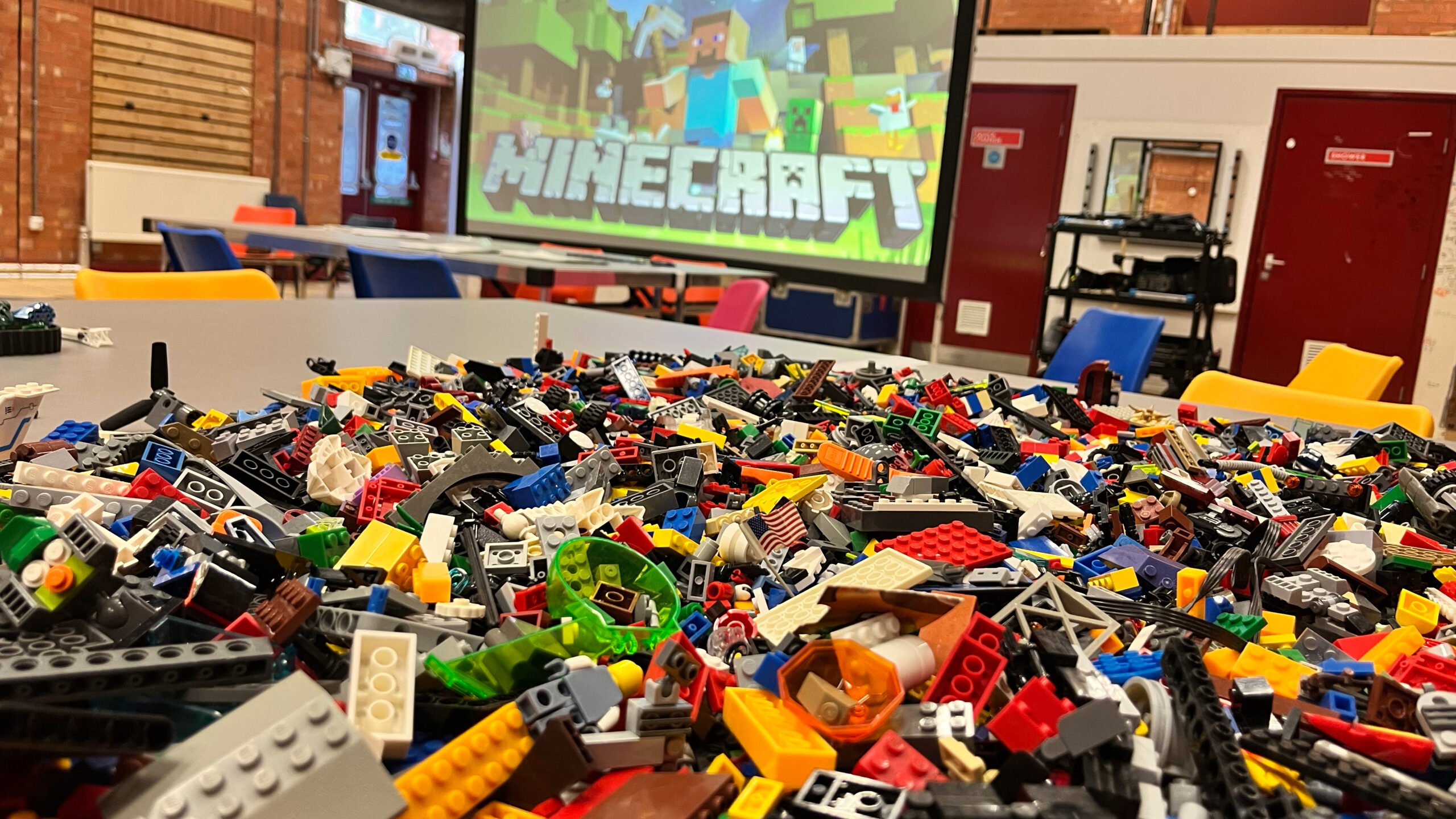Heading needed
Investigator: Adam Clarke (as part of 2022 Rothschild Digital Fellowships)
Adam is well known for his groundbreaking work in Minecraft and was one of the first creators to bring digital games into museums in collaboration with Tate Britain. He’s also used video games to augment a global audience to explore a local community art project Temple craft with the artichoke trust and directed the Minecraft elements of Play-Craft live, that combine live theatre stage show with a video game and a live-streamed audience.
The Fellowship has provided Adam with the opportunity to experiment, exploring how we can combine immersive video game-space, theatre space, and Livestream audiences and how to bring these three diverse audiences together to build a narrative toolset that helps transition stagecraft to immersive game environments.
Although already established in his field, the Fellowship enabled Adam to think differently about his creative practice and think about using animation in Minecraft. He described it as a ‘massive opportunity to play, explore and experiment’.
Why Minecraft for Educational Storytelling?
Emotional Connection
Minecraft allows players to connect emotionally with the environment and characters. Its is an embodied experience within the world of the map – be that a forest, castle or other setting. The emotional connection enhances the retention of the educational material.
Contextual Learning
The game offers a lifelike context where abstract concepts are made tangible. Players aren’t just reading about ideas and concepts but exploring them in a realistically modelled world.
Engagement and Attention
With its interactive nature, Minecraft captures and sustains attention. The varied quests in game serve as mini-narratives, keeping players continuously engaged and invested in their learning journey.
Encourages Exploration
Minecraft’s open-world environment encourages critical thinking and exploration. For example, challenges invite players to delve deeper into topics, allowing time to explore nuance and understand motive.
Relevance and Application
Playing roles and characters in game can provide an accessible first introduction to new environments and detailed characters like we see in Shakespeares plays. Young people explore on their own terms which informs their learning in the classroom.
Simplification of Complexity
Minecraft serves as a scaffold where complex themes can be broken down into understandable narratives and activities.
Reinforcement and Repetition
The game’s story arcs and quest lines offer natural opportunities to repeat key educational concepts, reinforcing learning objectives.
Alternative platforms
Alongside Minecraft, digital products like Roblox and Fortnite are increasingly turning their attention to providing educational experiences. Between them, they hold the focus of hundreds of millions of young people. Whilst in battle modes, the chaotic multi user environments are not suitable for creative projects like ours, almost 50% of user time in these games are spent in creative mode, space where you can turn off functions like weapons & killing games.
Examples:
* Fortnite’s March Through Time, exploring the life of Martin Luther King (Aug 21) & Voices of the Forgotten (commemorating the Holocaust)
* Roblox tie ins with Met Museum of Art, Parsons School of Design and US Careers Center (where you can apply for a real world job)
Process
Telling epic stories within Minecraft
Adam used the RSC’s in-house motion capture expertise to develop Vlox character building and make their movement more fluid – to be able to represent characters as complex as those found in Shakespeare’s plays. He used this to build two projects – Hamlet’s castle and a characterised version of Macbeth in a tower block in Leamington Spa (see a short video Adam has uploaded to YouTube below).
